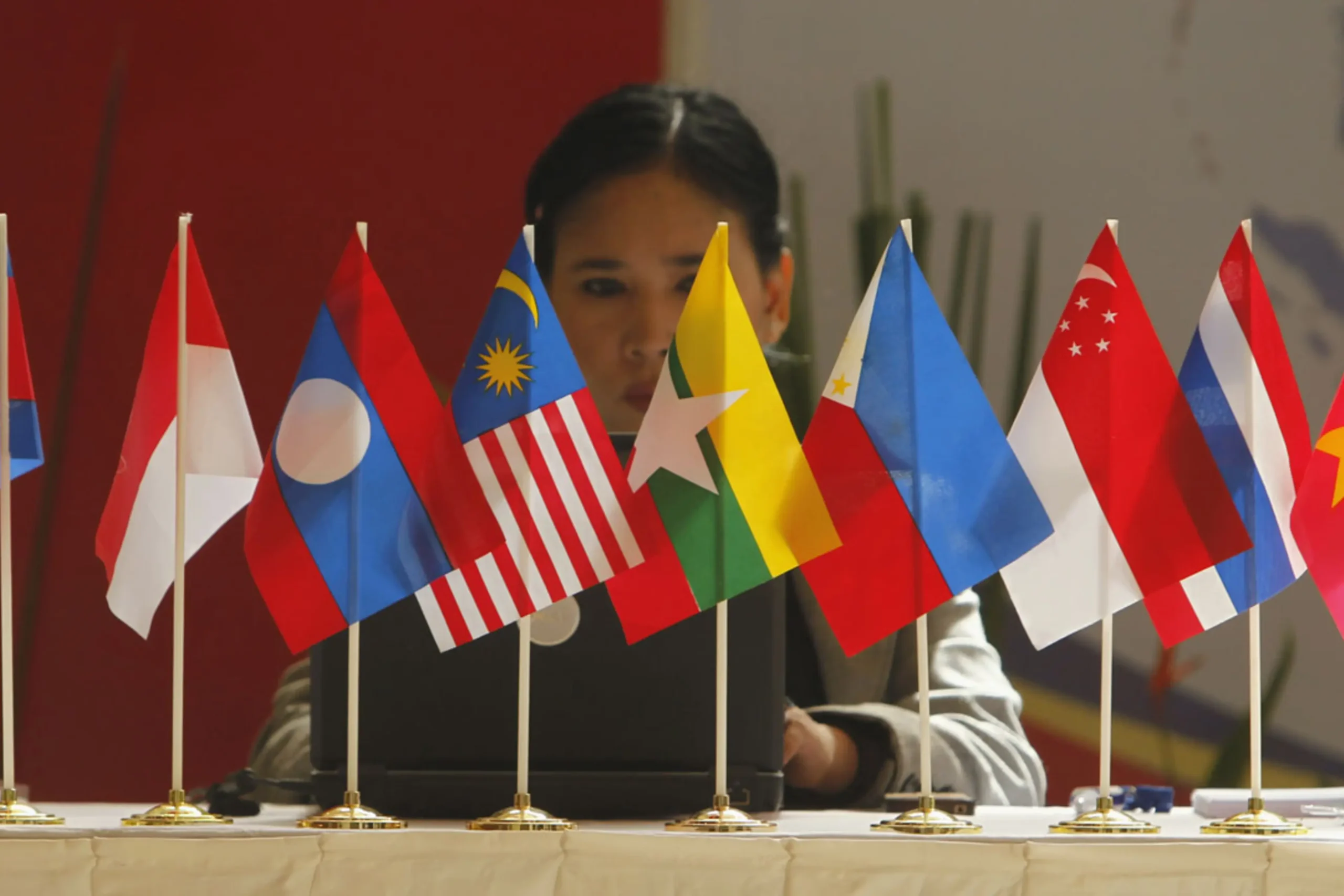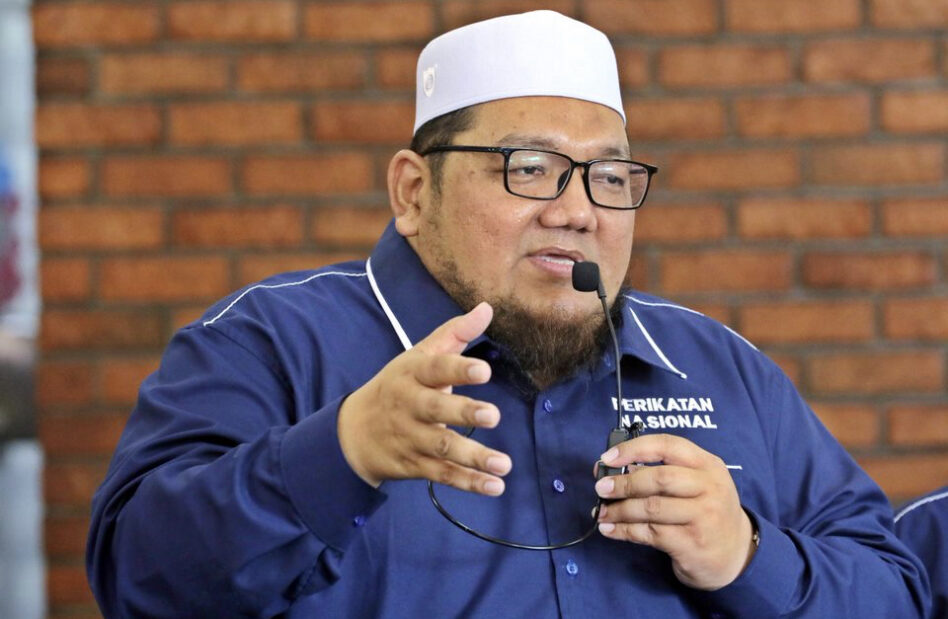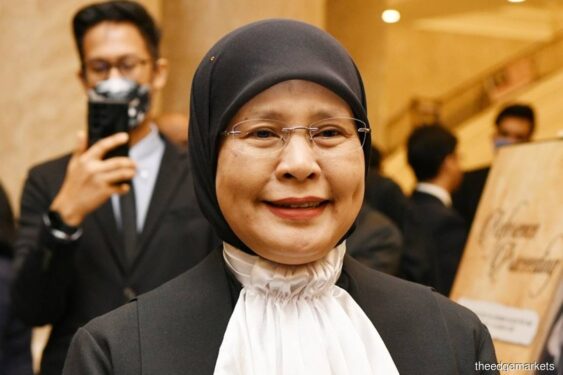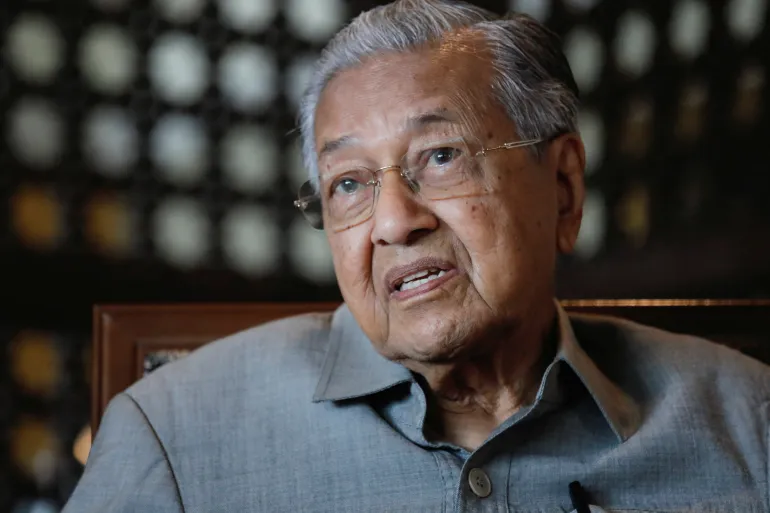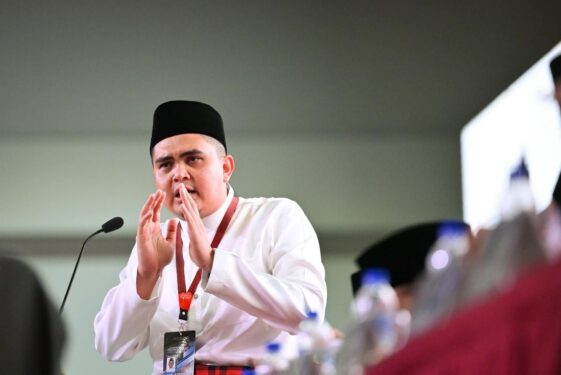IN 1961, the Philippines, Thailand and Malaya formed the Association of Southeast Asia (ASA), an idea mooted by Tunku Abdul Rahman. In 1967, it was enlarged to the Association of Southeast Asian Nations (ASEAN) with Indonesia and Singapore joining in.
After Brunei joined in 1984, followed by Vietnam in 1995, Laos and Myanmar in 1997, and Cambodia in 1999, it grew to 10.
With Timor-Leste’s joining in, ASEAN will have 11 member nations. But when and how its entry will become clearer in the coming 46th ASEAN Summit.
Timor Leste is located at the southeastern corner of Southeast Asia and much nearer to Australia. Its capital, Dili, is only 720km from Darwin and a distant 2,100km from Jakarta. This 15,007 sq km country is about the size of Kelantan with a population of 1.4 million.
Timor-Leste occupies half of the eastern side of Timor island, which was colonised by the Portuguese and withdrew in 1975, allowing the locals to declare independence.
The western side was colonised by the Dutch and absorbed by Indonesia after the Japanese Occupation in 1945, and later the Netherlands formally recognised Indonesia’s independence in 1949. At one time, the two territories were referred to as Portuguese and Dutch Timor.
There are 30 dialects spoken in Timor Leste, with Tetun and Portuguese being the official languages, and most of the people can speak Indonesian. But English is mainly used for trade and tourism among people in Southeast Asia, and the working language in ASEAN meetings.
Malaysians are more familiar with Singaporeans, Bruneians, Indonesians, Thais and Filipinos.
I shall start with Singapore, as the island nation at one time used to be a part of Johor and later Malaysia. Until 1967, Malaysians were able to enter Singapore freely without a passport.
Many people tend to forget that Malaysians and Singaporeans are of the same stock. Now, the only difference is nationality. But after separation, different trajectories in politics and education have resulted in one having GDP per capita 6.5 times higher than the other.
A large part of Singapore’s progress and development were contributed by Malaysians, with 1.14 million residing in Singapore and a few hundred thousand crossing the border daily to work or study. More than 45% of foreign-born population in Singapore came from Malaysia.
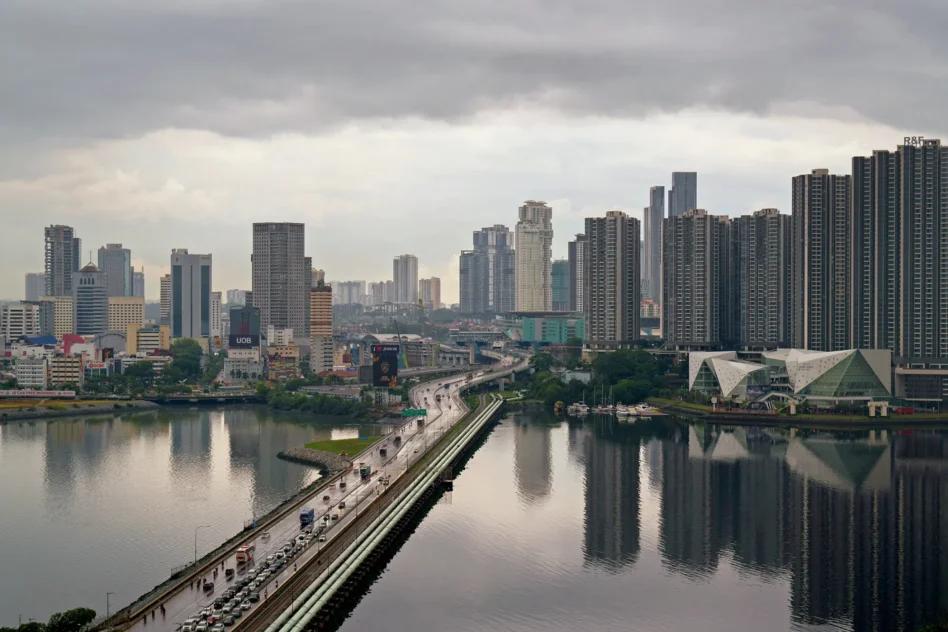
From time to time, some Malaysians and Singaporeans would be engaged in silly food fights, not those throwing food at each other for amusement as in western countries, but over claims on the origin of popular traditional dishes and whose recipe is better or food more delicious.
Huge number of Malaysians seeking greater success have moved to Singapore and many are in the food business, bringing the best Malaysia has to offer and rebranded as Singapore food. Those wanting to pay less for the same delicious food would crossover to Malaysia.
Ethnic Chinese in Malaysia, Singapore and Brunei retain their traditional names, whereas those in Indonesia, Thailand and the Philippines use localised names. There are 58 names in Wikipedia’s “List of heads of state and government of Chinese descent” around the world.
They include former and serving prime ministers or presidents, with 47 from Southeast Asia and 11 others spread across the world. Most were from Thailand (24 prime ministers), Cambodia (nine prime ministers/head of state), and the Philippines (eight presidents).
Similarly, the Chinese diaspora in ASEAN countries played a vital role in shaping the socio-economic landscape of the region, significantly influencing local economies, cultures, and communities.
However, they have one thing in common. They identify themselves by nationality first and are naturally attached to their country of birth. They may also speak in English, Mandarin or popular Chinese dialects such as Hokkien, Cantonese, Hakka, Teochew and Hainanese.
Most are more comfortable interacting with their fellow citizens than those from mainland China, as Chinese nationals are used to speaking loudly. There, children are trained to speak at a volume that can be easily heard and would be regarded as rude if it is hardly audible.
Although there is much diversity within ASEAN, there are also many similarities and people in Southeast Asia have grown accustomed to and like each other, and people from Timor-Leste would be no exception and should also be welcomed.
May the brotherhood of ASEAN be further reinforced by various initiatives, dialogues and summits that bring leaders and delegates together to address common concerns and regional cooperation. And soon, they will get to experience a heavy dose of Malaysian hospitality.
About 20,000 are expected for the ASEAN Summit on May 26–27 in Kuala Lumpur. Malaysia, being the ASEAN Chair, has pulled out all the stops and rolled out the red carpets to ensure a resounding success by also closing many roads, and many have to study or work from home. – May 23, 2025
YS Chan is master trainer for Mesra Malaysia and Travel and Tours Enhancement Course and an Asean Tourism Master Trainer. He is also a tourism and transport business consultant.
The views expressed are solely of the author and do not necessarily reflect those of Focus Malaysia.
Main image: Council on Foreign Relations


